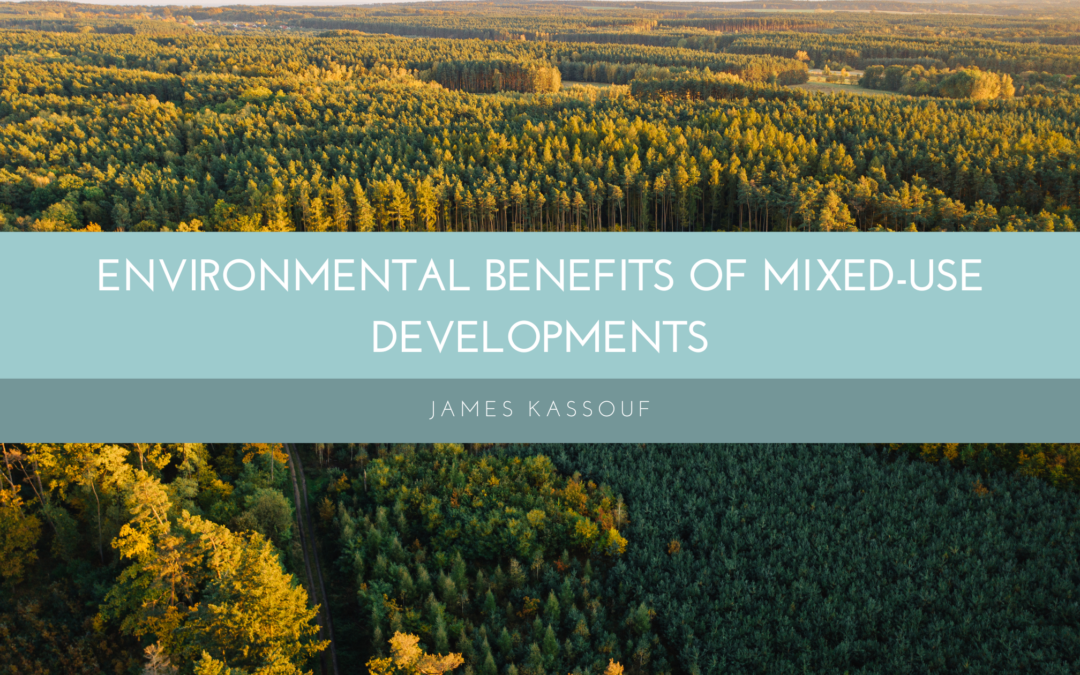Urban planners and developers have increasingly turned to mixed-use developments to create more sustainable and environmentally friendly cities in recent years. A mixed-use development combines residential, commercial, and often industrial spaces in one area, encouraging people to live closer to where they work and shop. This concept has significant environmental benefits that can positively impact our communities and planet.
One of the primary environmental advantages of mixed-use developments is reduced automobile dependency. By integrating various services and amenities within walking or biking distance of residences, these developments promote alternative modes of transportation. This reduces the need for private cars and lowers carbon emissions associated with commuting. When people can live, work, shop, and access services within the same neighborhood, they are less likely to rely on driving for everyday activities.
Mixed-use developments also help conserve land and promote higher-density living. These developments optimize land use by building up rather than out, leaving more open space for parks, greenery, and natural habitats. This denser development supports public transportation infrastructure and encourages more efficient use of resources like water and energy. It can also help preserve agricultural land and wilderness areas on the outskirts of urban areas, thereby reducing urban sprawl.
Furthermore, mixed-use developments contribute to energy efficiency and conservation. Concentrating buildings and activities in a smaller area reduces the overall energy demand. Developers can incorporate sustainable design principles, such as energy-efficient building materials and renewable energy sources like solar panels and green roofs, into these projects. Shared resources like heating and cooling systems and waste management facilities can also be more efficiently managed in mixed-use developments, reducing overall energy consumption and environmental impact.
Another critical environmental benefit is the promotion of social interaction and community engagement. Mixed-use developments foster vibrant, diverse neighborhoods where people can interact and socialize more readily. This sense of community often leads to more environmentally conscious behaviors, such as sharing resources, participating in local initiatives, and advocating for sustainable practices.
Lastly, mixed-use developments support local economies and reduce the carbon footprint associated with goods and services. When businesses are located close to residential areas, it encourages residents to support local shops and markets, reducing the need for long-distance transportation of goods. This localized economy reduces emissions and strengthens community ties and regional resilience.
Mixed-use developments offer a holistic approach to urban planning that prioritizes environmental sustainability. By creating compact, walkable neighborhoods where people can live, work, and play, these developments reduce automobile dependency, conserve land, promote energy efficiency, and foster stronger communities. As cities continue to grow and face the challenges of climate change, embracing mixed-use developments can be a crucial strategy in building healthier, more sustainable urban environments for future generations.

